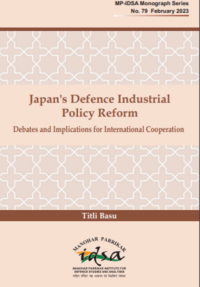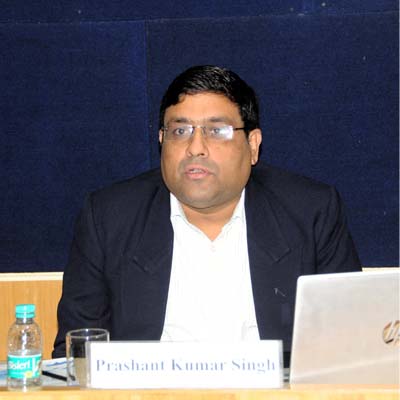The ASEAN Way of Conflict Management in the South China Sea
This article examines how the Association of Southeast Asian Nations (ASEAN) conflict management process in the South China Sea (SCS) has been conducted and whether the ASEAN way can effectively manage the dispute, in which China is a prime and important actor. It argues that rising tensions in the South China Sea are a direct result of the changed balance of power in the region given the asymmetry between China and ASEAN members. China has taken advantage of ASEAN efforts to develop a code of conduct that is premised on the ASEAN way.
- Munmun Majumdar
- January 2015













